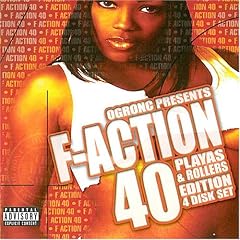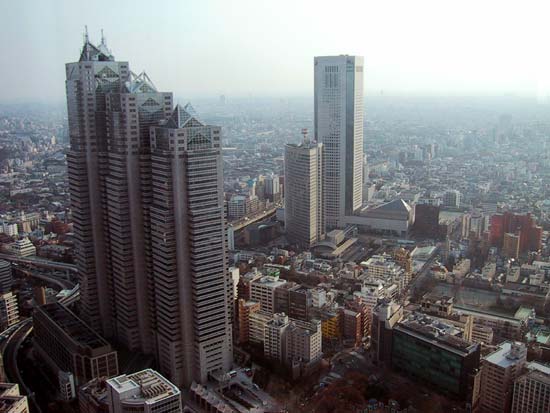
I've spent two and a half hours this afternoon editing the first 15 seconds of my most recent video, so that its sticky subtext would change (perversely, the more I dilute its undesirable meaning, the less coherent sense it makes). I would say that ideally there would be no referent, if not for the fact that pure abstraction is boring. It seems magical, and frustrating, once your footage--sampled from reality--has been cut up and rearranged into a sequence; then, the newfound order and timing and relationships of the images give them new meaning. I find it difficult to foresee this meaning. The work is no longer a simple trace of what was there before you, of what you saw and how you saw it; it's no longer as simple. So how do you ensure that the work remains a) true to your feelings and b) completely intuitive? Is it impossible?
Some solutions: Do not film loaded images! Or, address the content without making yourself beholden to it. Or, decontextualize the images so radically that they speak only to you, and to nothing else (while also being legible to others). Or, don't look outwards for extraordinary content; make it from scratch. Or, turn inwards completely; film only the mundane: then, everything special that comes must come directly from you.
To a degree, music seems like the ideal artform because it is entirely abstract, and in a sense, pure of complicating factors. But this purity ends with sampling (not to mention words). Aaron Spectre's ragga- and metal-breakcore mashups aren't mashups per se, where the stars merely happen to align--they sound wise, carefully considered, artfully wrought, refined. They do transcend ragga and metal cliches; yet they're authentic, or at least faithful. And, it turns out, they result from good old-fashioned (because timeless) introspection, reflection, cultivation. Spectre left New York for Berlin because:
it was time to move on. New York was (and still is) an awful place to be creative, for certain kinds of people. It's a great place to learn, to see crazy high-end awesome stuff, but not a good place to focus, too distracting and too expensive. In Berlin, now that I wasn't spending mad cash on living expenses, I was able to invest in proper music gear... sit down and develop, figure out how to make that sound I'd been hearing in my head for years.
It could be ironic that Spectre and Drumcorps records, which are as loud and confrontational as they come, are the product of such an internal process. But it's not, because of course the records are only going to make the impact that they have if they're as close to perfectly formed as can be: consistently rude, incisively loud. Spectre's live & improvised Ableton sets have a precise shape: as if they're imprinted directly from his subconscious. So they play out a bit like a slightly self-conscious stream of consciousness--appropriate for an artist/auteur working with (for want of a better term) colloquial forms--but it hardly even matters. The sensibility, and sound, is so effective that it can't be argued with. If I had one criticism, it'd be that the ideas and execution seem vaguely, curiously modest--but the point remains.
"All you have as an artist is your word and the quality of your work. I like that, it keeps things pure. Those things are all you ever have really, but in a totally DIY environment you never forget it."





